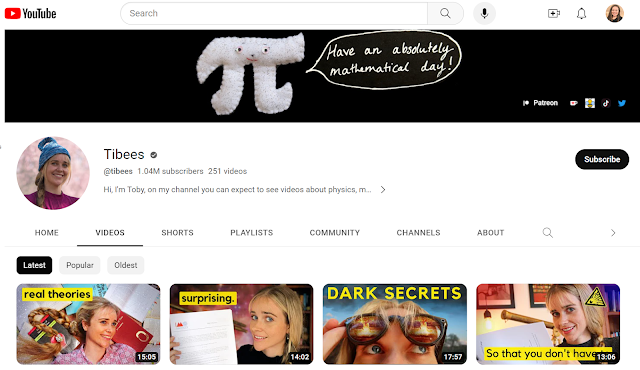Online Learning: Video Content and Resources
Finding Online Video Resources
In a world where 3.7 MILLION videos are being uploaded you YouTube everyday. You'd think it would be easy to find quality content for any topic! Unfortunately, while it's easy to search this resource, finding quality videos that meet you content and pedagogical goals for the exact student audience level you are teaching is not always easy, and can take hours of watching hundreds of videos to find the right resources.
While paying for videos through some educational services (i.e. Brilliant.org, which produces some amazing videos) is an option for some, not all schools have access or subscriptions to this content. In addition, most paid plans are subscription based, which means you can't assign them to students without getting them individual log-ins, passwords, etc.
Free YouTube videos are easily accessible without passwords and can be embedded into many different learning platforms to streamline use. Many do come with advertising, but most kids know how to skip through that by the time they start school. For younger audiences, there are a variety of websites (i.e. ViewPure and Watchkin) that allow you to scrub ads and remove the unwanted "recommended videos" that show up after the video or on the right side of the screen. Ultimately, YouTube can be an amazing resource, if used correctly.
Finding Quality Content
One of the easiest ways I've found to locate quality content is to search within a channel I trust. As a teacher, I am switching subjects this year (from science to math), so I've been on a hunt to find new, trusted resources. Khan Academy is one of these resources. It's videos, while not always the most entertaining, are accurate, typically pretty succinct and do a great job of describing a TON of different content options. It's easy to search their channel for just about any topic.
I watched a bunch of their math videos this week, and saved many of the links in my teaching OneNote pages for the different Units I'll be teaching this year. Below is an example of one I will definitely be using to introduce rational vs irrational numbers.
Another great math channel I found was Numberfile and, of course, I love all the Crash Course and Crash Course for Kids videos.
Finding Diversity and Representation in Videos
One huge advantage I see to introducing my class to online video content is the opportunity to introduce diversity and promote representation in my classrooms. If I simply wanted to deliver content, I could summarize these videos for my class, or even record my own videos. Including outside content lets me give voice to other mathematicians and scientists that my students might not hear from otherwise.
The struggle with this that I've found is that SOOO much of the online content (especially in math and science) is delivered by the stereotypical white male scientist or mathematician. And, while I love Bill Nye, I want to put a variety of faces on my students screens so that each of them has the opportunity to relate to and see themselves as an expert in their field someday.
Several years ago I went through this exercise with my science videos, replacing some of the more stereotypical portrayals with different protagonists, like the Amoeba Sisters channel. This week, I took on the challenge of trying to find math videos that fulfilled my content objectives, but also addressed my desire to increase representation. Here's a few of the videos and channels I found:
1. This playlist of videos on Numberfile where all the video are delivered by female mathematician:
2. This math / physics channel called Tibees that has, among other things, Bob Ross style math videos.



Comments
Post a Comment